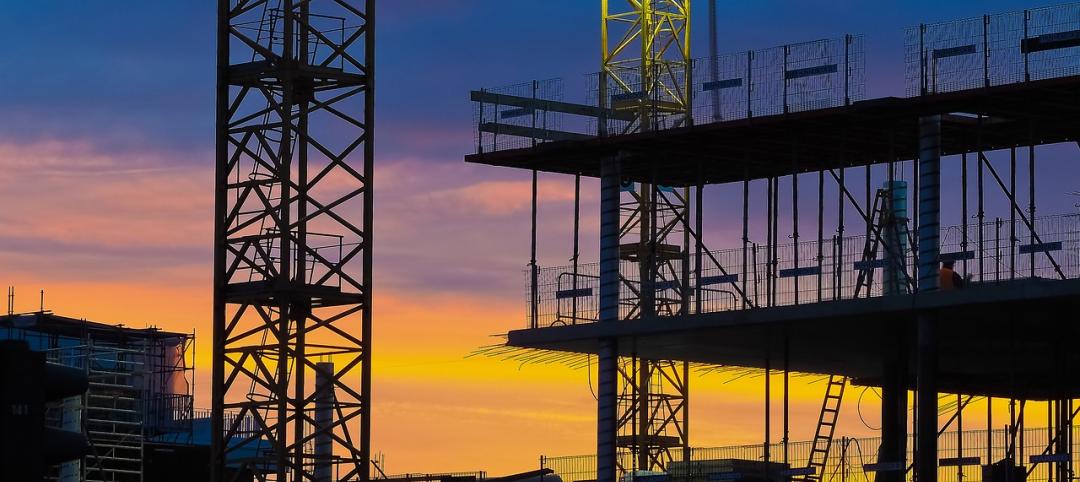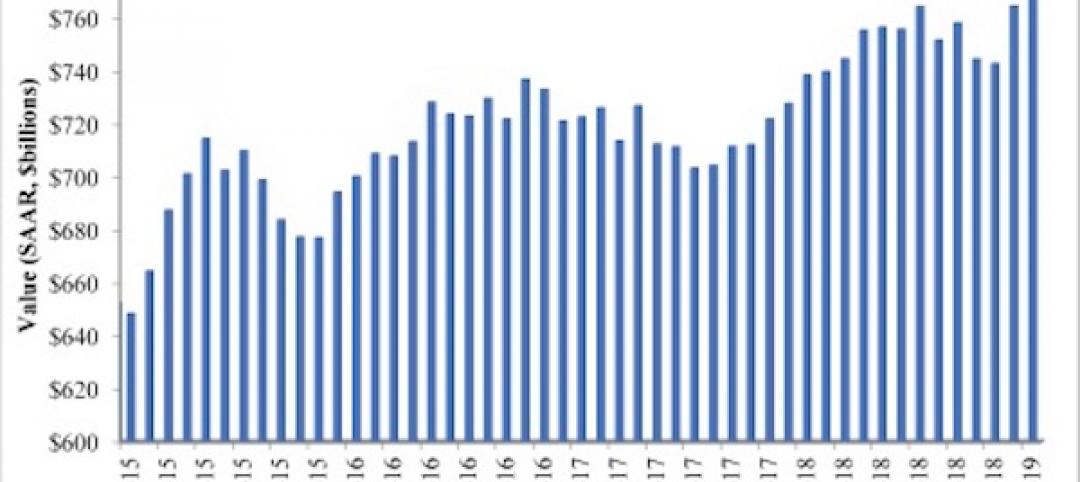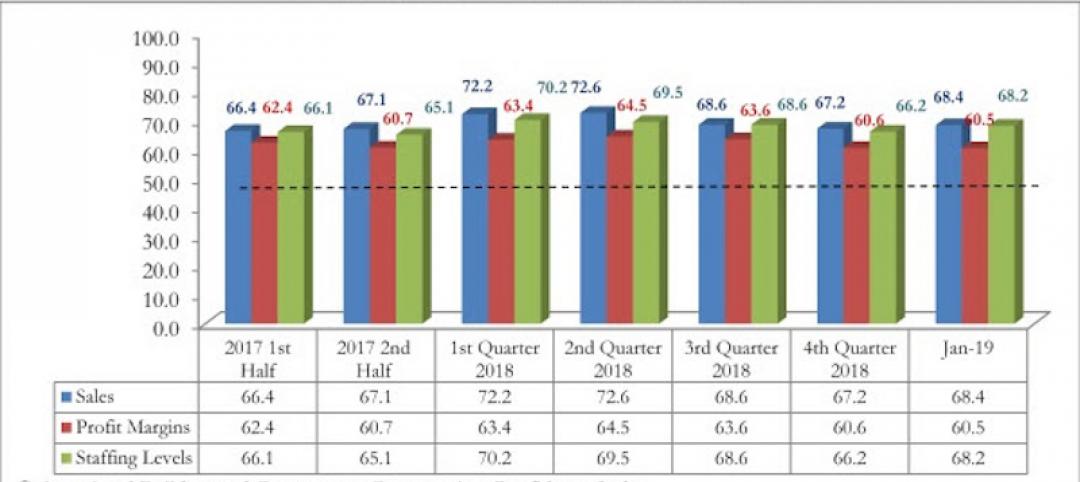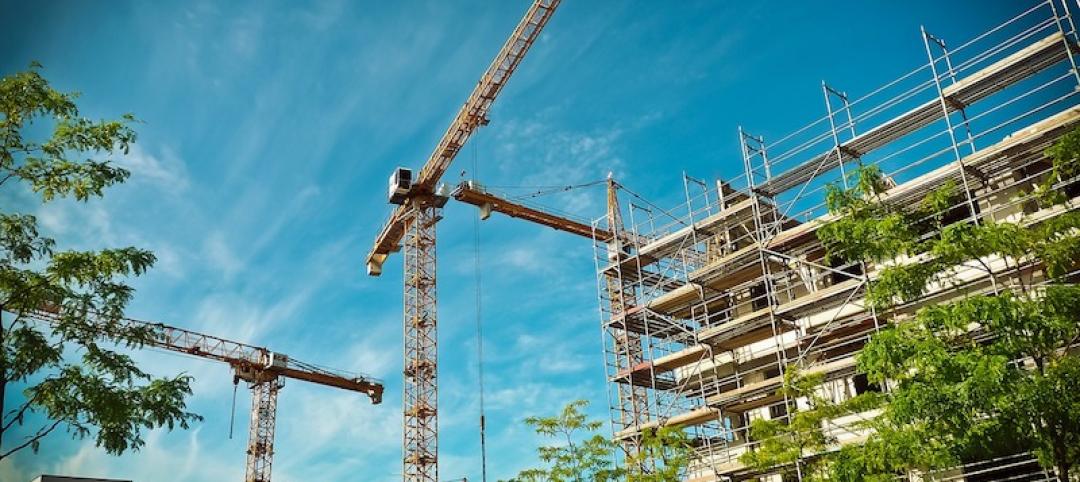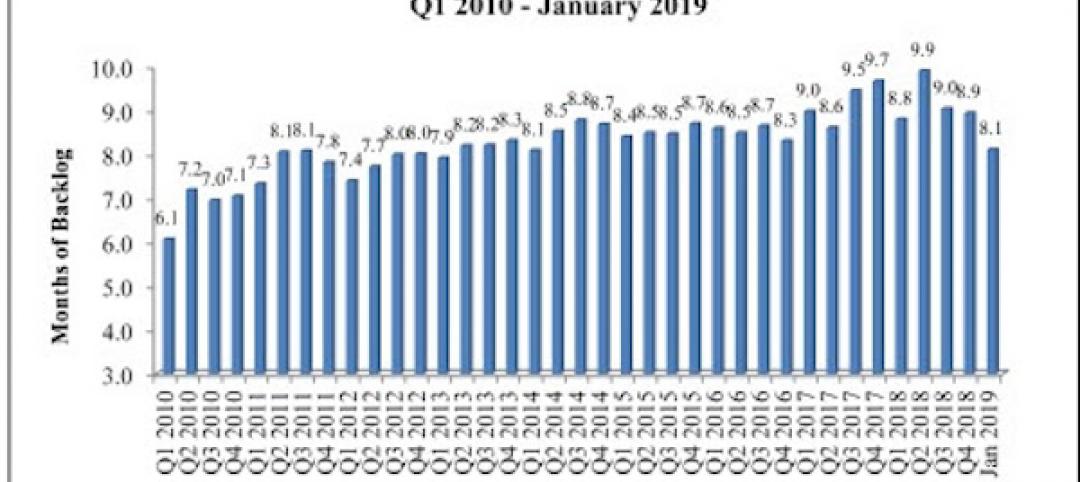In an effort to support the health, safety and wellbeing of students, the American Institute of Architects (AIA) is releasing 3D design models and strategies today that can assist education officials with reopening schools during the pandemic.
For the 2020-21 school year, districts are facing the difficult task of determining if K-12 schools will reopen this fall. As part of the AIA’s initiative, “Reopening America: Strategies for Safer Buildings,” the AIA’s team—comprised of architects, public health experts, engineers, and facility managers—assessed hazards in K-12 schools and developed strategies to mitigate risk of COVID-19 transmission.
In addition to the 3D design models—produced by VMDO Architects—detailing strategies for classrooms and corridors, the team is releasing a report that provides additional considerations for entrances, gymnasiums, assembly spaces, cafeterias and other spaces. Other strategies are also available for restrooms and staff spaces such as offices. The report also elaborates on the many factors that need to be taken into consideration when reopening schools and provides basic building blocks that can be adjusted on a case-by-case basis when working with design teams to ensure the needs of individual education facilities are met when adapting buildings for COVID-19.
Findings in the report are meant to work in tandem with tools that can assist education officials with preparing schools for reopening, including a seven-step Risk Management Plan for Buildings for assessing hazards and applying strategies that reduce risk and the AIA’s Re-occupancy Assessment Tool, which provides a framework of strategies for making buildings safer.
Resources were developed from a wide range of expertise using a virtual charrette workshop – a method used to study specific issues in a limited time frame using an intense brainstorming session.
As part of the sessions, a group of public, environmental, and occupational health experts and physicians provided an independently developed 90-minute briefing on SARS-CoV-2 infectious disease transmission, epidemiological models, and insights into the most current research of the virus as of early June. For more detailed information on public health hazards and considerations in schools, see AIA’s COVID-19 emerging research and public health data.
Tailored strategies and considerations for senior living facilities are also being developed and will be released in the near future.
Visit AIA’s website for more COVID-19 resources for architects.
Related Stories
Market Data | Apr 16, 2019
ABC’s Construction Backlog Indicator rebounds in February
ABC's Construction Backlog Indicator expanded to 8.8 months in February 2019.
Market Data | Apr 8, 2019
Engineering, construction spending to rise 3% in 2019: FMI outlook
Top-performing segments forecast in 2019 include transportation, public safety, and education.
Market Data | Apr 1, 2019
Nonresidential spending expands again in February
Private nonresidential spending fell 0.5% for the month and is only up 0.1% on a year-over-year basis.
Market Data | Mar 22, 2019
Construction contractors regain confidence in January 2019
Expectations for sales during the coming six-month period remained especially upbeat in January.
Market Data | Mar 21, 2019
Billings moderate in February following robust New Year
AIA’s Architecture Billings Index (ABI) score for February was 50.3, down from 55.3 in January.
Market Data | Mar 19, 2019
ABC’s Construction Backlog Indicator declines sharply in January 2019
The Construction Backlog Indicator contracted to 8.1 months during January 2019.
Market Data | Mar 15, 2019
2019 starts off with expansion in nonresidential spending
At a seasonally adjusted annualized rate, nonresidential spending totaled $762.5 billion for the month.
Market Data | Mar 14, 2019
Construction input prices rise for first time since October
Of the 11 construction subcategories, seven experienced price declines for the month.
Market Data | Mar 6, 2019
Global hotel construction pipeline hits record high at 2018 year-end
There are a record-high 6,352 hotel projects and 1.17 million rooms currently under construction worldwide.
Market Data | Feb 28, 2019
U.S. economic growth softens in final quarter of 2018
Year-over-year GDP growth was 3.1%, while average growth for 2018 was 2.9%.




